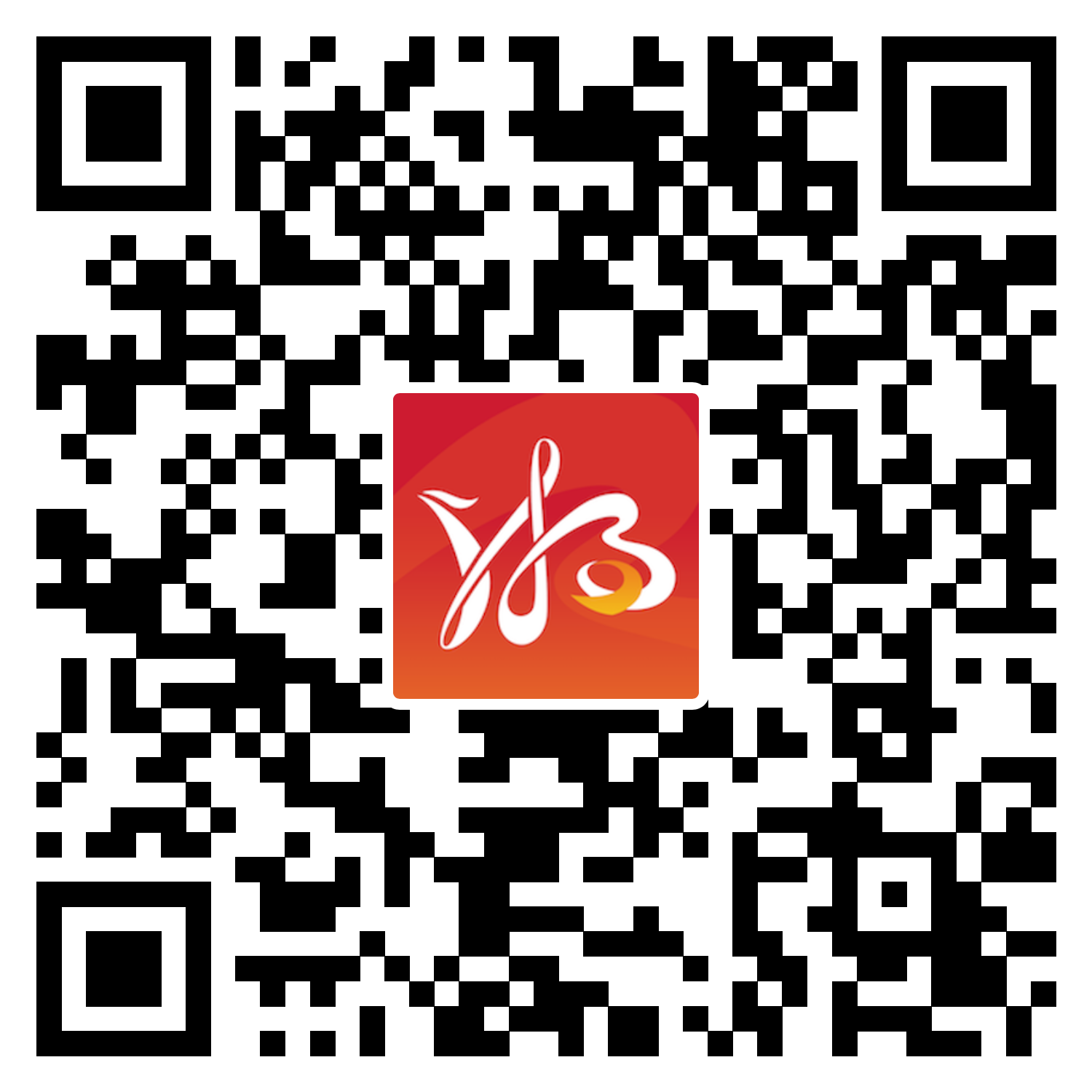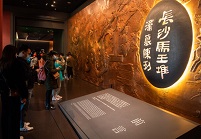Museums 文化体验
长沙是一座历史文化名城,这里不仅孕育了独具特色的湖湘文化,还出土了马王堆汉墓、四羊方尊等世界级的历史景观。那么,在与外国朋友交往的过程中,该如何用英语向他们展示长沙的文化底蕴?在博物馆碰到了外国朋友,该怎么介绍“辛追娭毑”?在美术馆,又该怎么介绍齐白石老先生的画作?怎么帮助外国朋友获得最生动的湖湘文化体验?一起来看看本场景中的外国朋友遇到了哪些问题以及各位志愿者和工作人员是如何帮助他们解决的吧!
必策三句
1. We have a 2,000-year-old “granny” in Changsha!
我们长沙有个两千多岁的老娭毑 !
2. This museum is free to the public.
我们的博物馆免费向公众开放。
3. You can follow the signs in our exhibition halls.
您可以按照展厅里的指示牌走
Dialogue 情景对话
Sarah and her team decided to visit the Hunan Museum before they left Changsha. In the taxi to the museum, the driver Mr. Yang asked about their journey.
离开长沙前,莎拉一行人决定去参观湖南省博物馆。在前往博物馆的出租车上,司机杨师傅问起了他们的旅行。
Mr. Yang (taxi driver): Is this your first time in Changsha?
杨师傅(的士司机):这是你们第一次来长沙吧?
Sarah: Yes, our first trip here. We came to attend an expo.
莎拉:是的,第一次来,我们来这里参加展览会。
Mr. Yang: It’s definitely a right decision to visit the Hunan Museum. You’ll get to see the most famous “ai jie” who is over 2,000 years old! “Ai jie” is Changsha dialect, and it means “old granny”.
杨师傅:来长沙,你们去看湖南省博物馆就对啦!里面有长沙最有名的“千年老娭毑”!“娭毑”是长沙话,就是“老奶奶”的意思。
Danny: An old granny over 2,000 years old?
丹尼:千年老奶奶?
Mr. Yang: Yes.
杨师傅:是的。
Danny: How is this possible?
丹尼:这怎么可能?
Sarah: I guess she is a historical figure?
莎拉:我猜她是某位历史人物吧?
Mr. Yang: That’s right! Her name is Xin Zhui. She was a chancellor’s wife in Han Dynasty. After she died, she was buried and sealed in a tomb. When Xin Zhui was excavated, her body hadn’t corrupted and her skin was still soft and moist. She looked as if she was just in a sleep!
杨师傅:没错,没错,她其实叫辛追,原本是汉朝一位丞相的夫人;她去世后,被葬入墓穴。辛追出土时,她的身体没有腐烂,皮肤组织仍然柔软湿润,看起来就像是在沉睡!
Danny: Wow! She’s kind of like the mummy in Egypt, right?
丹尼:哇!有点像我们埃及的木乃伊,对吧!
Mr. Yang: Yeah, she sure is! You know what, the archeologists even found muskmelon seeds in Xin Zhui’s oesophagus and stomach. She was defi nitely a foodie.
杨师傅:是有点儿!你们知道吗?考古人员还在辛追的食道和胃里发现了甜瓜子儿呢!辛追绝对是个吃货呀!
Sarah: After 2000 years... That’s really a miracle.
莎拉:两千多年了……真的是个奇迹。
Mr. Yang: Yes, so you really should go and see her.
杨师傅:是呀,所以你们一定要去看看她。
Danny: I’m so excited!
丹尼:我好期待!
After they reached the museum, Sarah came to the service center, hoping to find an English-speaking tour guide.
到达博物馆后,莎拉来到服务台,希望可以为团队找到一位英文向导。
Receptionist: Good morning! How can I help you?
接待员:早上好!有什么可以帮您的?
Sarah: Morning! Could you please help us to fi nd an English-speaking tour guide?
莎拉:早!你能帮我们找一位英文向导吗?
Receptionist: Of course. We have English-speaking volunteers and you can find them at the entrance. There’s also English translation on the introduction board.
接待员:当然。我们有英文讲解志愿者,您可以在入口处找到他们。而且,馆内的文物介绍都是配有英文翻译的。
Sarah: OK. Thank you so much.
莎拉:好的,谢谢你。
Danny: Which floor is the 2000-year-old “ai jie” on? I can’t wait to meet her!
丹尼:“千年老娭毑”在哪一层呀?我等不及要看看她了!
Receptionist (smiling): Are you talking about Lady Xin Zhui? The exhibition of Mawangdui Han Dynasty Tombs is on the third floor.
接待员(笑着说):您说的是辛追夫人吗?马王堆汉墓陈列在3楼哦。
Danny: Thank you! Let’s go now!
丹尼:谢谢!我们现在就出发吧!

观众在湖南省博物馆参观 新华社记者 陈思汗 摄影报道
重点词汇
expo [ˈekspəʊ] n. 展览会
museum [mju:ˈziəm] n. 博物馆
granny [ˈɡrænɪ] n. 奶奶
oesophagus [ɪˈsɒfəgəs] n. 食道
volunteer [ˌvɑ:lənˈtɪr] n. 志愿者
introduction [ˌɪntrəˈdʌkʃn] n. 介绍
floor [fl ɔ:(r)] n. 楼层
exhibition [ˌeksɪˈbɪʃn] n. 展览



 湘公网安备:43010302000524号
湘公网安备:43010302000524号

 继续访问
继续访问